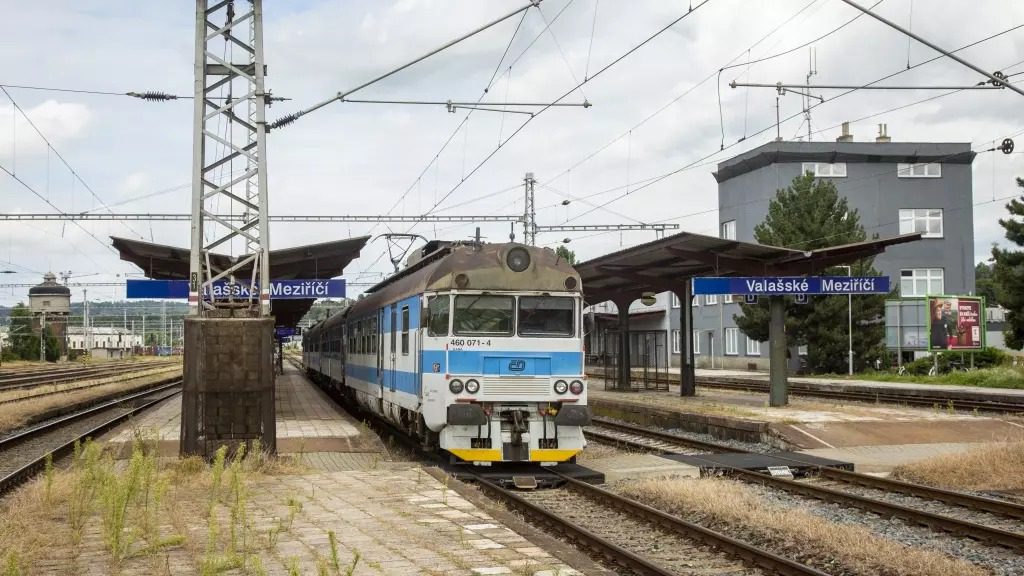Czech Railways are sending over a hundred older locomotives and wagons to the scrapyard after decades of service. The “Tornados,” “Plecháče,” and “Skleníky” will soon be replaced by more modern low-floor trains. Railway enthusiasts and photographers, known as “šotouši,” are eagerly awaiting the changes.
Railway enthusiasts have only a few more months to capture the electric units of the 460 series, nicknamed “Tornados.” They will be retired by next spring, with their last run on the Olomouc-Vsetín line, where they will be replaced by brand new RegioPanter units.
Czech Railways plans to rejuvenate its average fleet age from 32 to 20 years over the coming years. The carrier has now presented detailed plans outlining which units will be retired, scrapped, or significantly reduced.
In southern Moravia, for example, passenger trains consisting of classic cars with an electric locomotive nicknamed “Plecháč” have disappeared. The iconic motor cars of the 810 series, known as “Kufr” or “Skleník,” are also gradually disappearing from local lines.
This year has seen the introduction of dozens of new units as part of the modernization process, replacing older trains and classic passenger cars.
“Old times and old regional trains are coming to an end. In the coming years, there will be no more steep steps or a lack of legroom in the cars known as Honeckers,” said Michal Krapinec, Chairman of the Board and CEO of Czech Railways.
“We are gradually retiring cars that do not allow passengers to charge their mobile devices or connect to the onboard Wi-Fi network,” he added.
The retirement of unsuitable locomotives and wagons is made possible by investments in the renewal of the rolling stock. Czech Railways will introduce at least 612 entirely new passenger vehicles worth around 35 billion Czech crowns over the next few years.
The railways are offering older trains for sale. Although they are still used by railway societies, they are also being converted into unconventional restaurants, accommodations, or facilities for various purposes. They have even become unique artifacts for decoration in public and private spaces.





